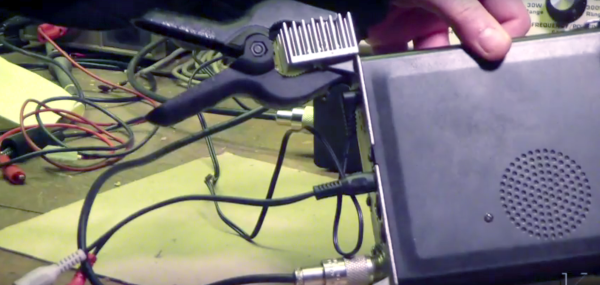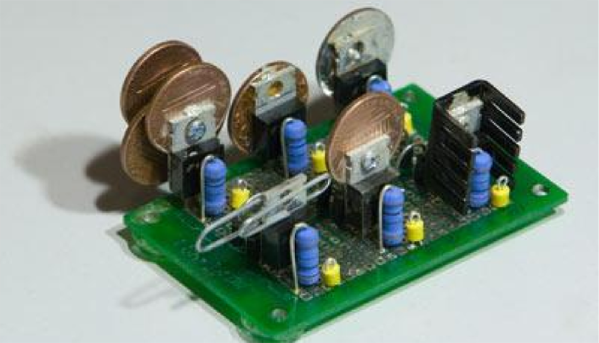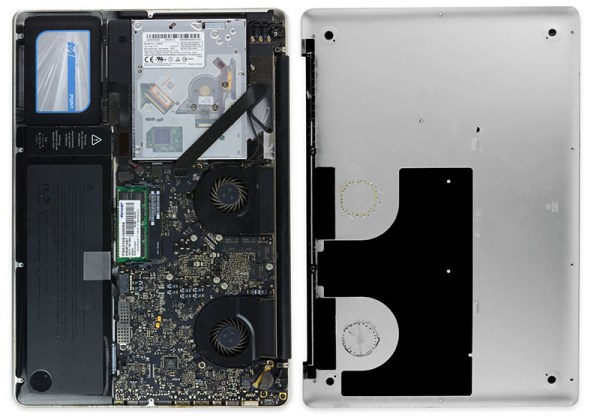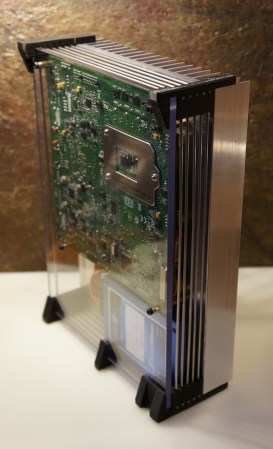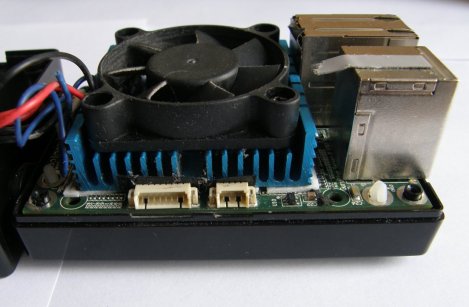[Sterling]’s MacBook Pro has a propensity to heat up at times. Some of this overheating is due to to what he uses his Mac for – gaming and making music. A larger part of this overheating is that this laptop is a consumer electronics device – it’s going to die sooner or later. One day in March, this laptop bit the bullet, and that’s where this story gets interesting.
Before the MacBook died, [Sterling] was logging temps between 80 and 90ºC, with a maximum of 102º. The simple fixes, compressed air, a laptop stand, and running the fans full blast all the time didn’t help. When the laptop died, [Sterling] was pretty sure some solder joints came loose. Sending the logic board off to a place that specializes in reflowing would take weeks. A more drastic plan of attack was necessary.
[Sterling] disconnected all the wires, connectors, and heat sinks and preheated his oven to 340º F. The logic board was placed on a cookie tray and stuffed into the oven for seven long minutes. Thermal paste was reapplied, heat sinks reinstalled, connectors connected, and the machine booted. It worked great for about eight months with temperatures averaging around 60 or 70º C.
Two weeks ago, the laptop died again. This time it was reflowed with a heat gun and ran for about an hour. The third attempt was the cookie sheet again, only this time [Sterling] added something. Speed holes. Or vents, or whatever else you want to call them.
Now there’s a noticeably increased airflow in the Mac, much better than before. Average temps are back down to 40 or 50º C, lower than they were with just a reflow. The jury is still out if this new addition can go the distance, but with any luck, this mod might make it through 2015.
Thanks [Doug] for the tip.



